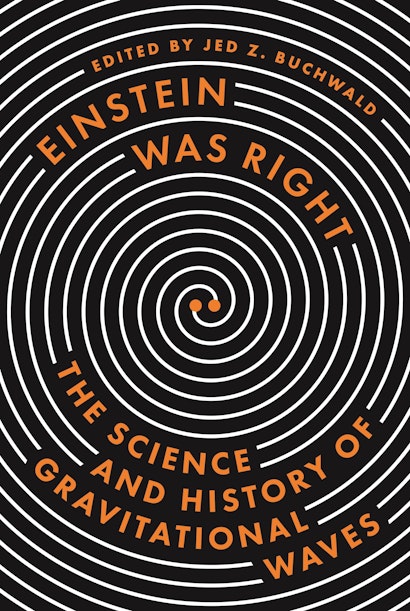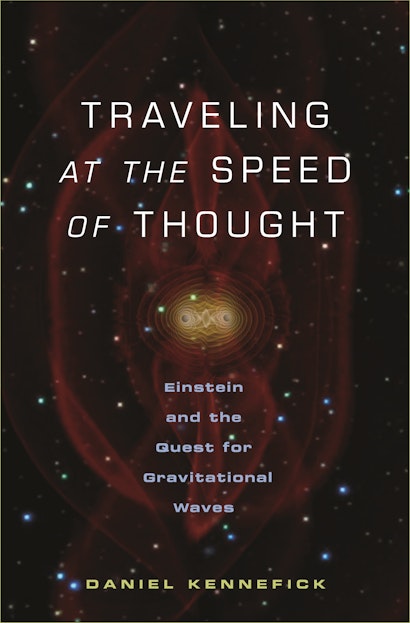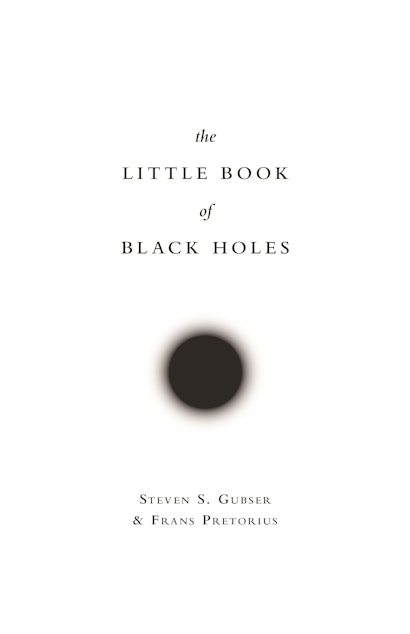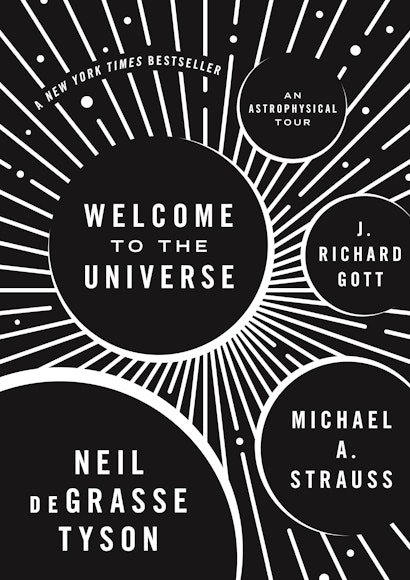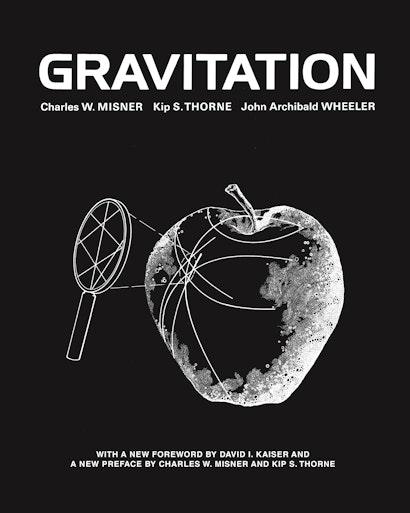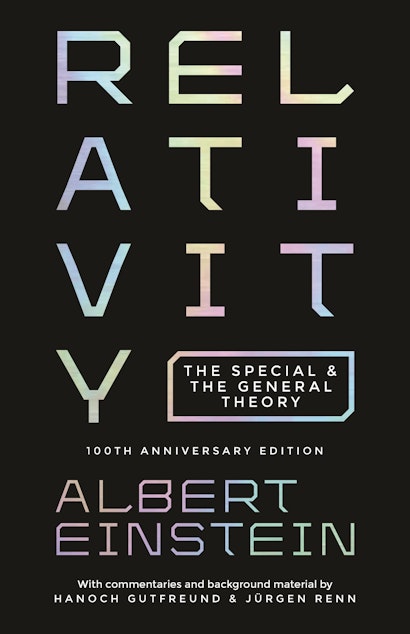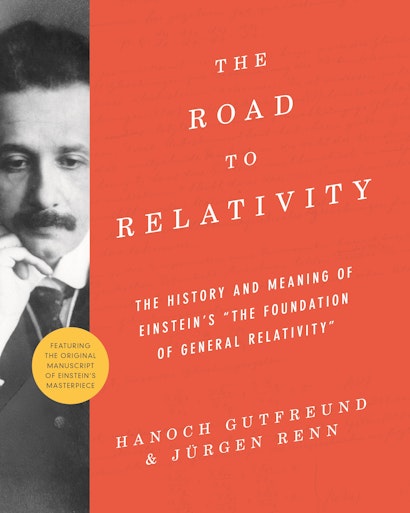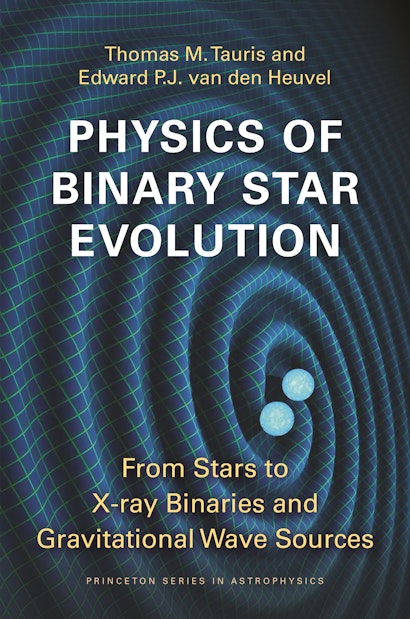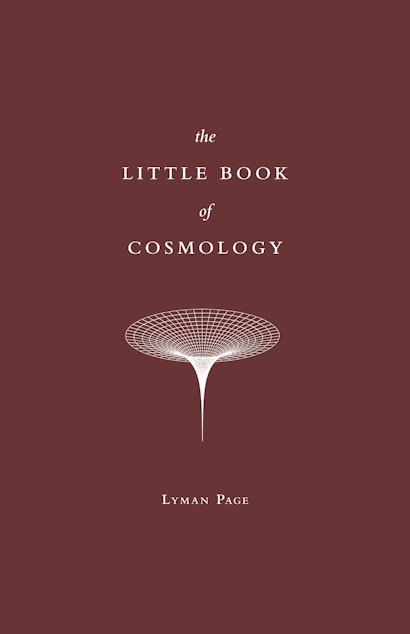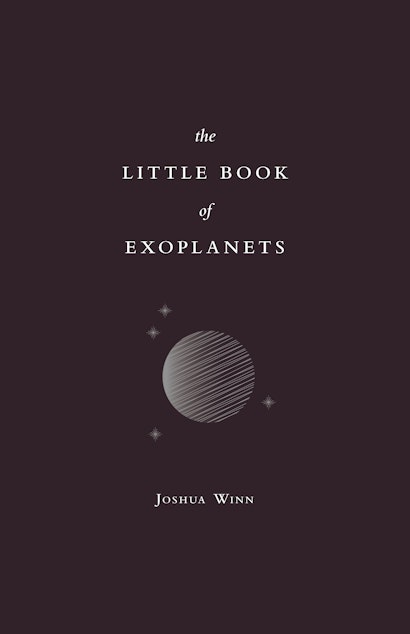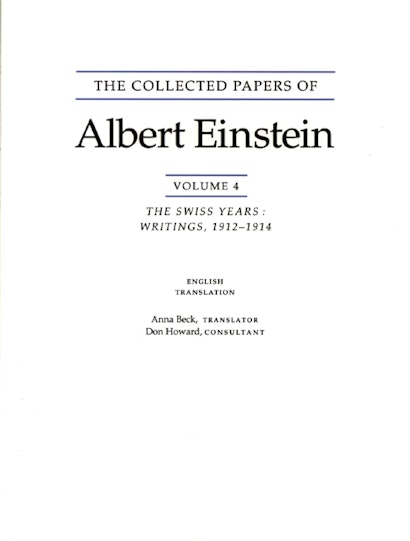It appears that a prediction made by Einstein back in 1916 was correct. Amid new findings suggesting that everything around us is constantly being rumpled by low-frequency gravitational waves produced by supermassive black holes, here are some titles that can assist in our rapidly evolving understanding of the cosmos.
Edited by Jed Buchwald, Einstein Was Right: The Science and History of Gravitational Waves is a compelling and thought-provoking account of one of the most thrilling scientific discoveries of the modern age.
Concise and precise, and infused with Zee’s signature warmth and freshness of style, On Gravity: A Brieft Tour of a Weighty Subject opens a unique pathway to comprehending relativity and gaining deep insight into gravity, spacetime, and the workings of the universe.
Accessibly written and impeccably researched, Traveling at the Speed of Thought: Einstein and the Quest for Gravitational Waves sheds new light on the trials and conflicts that have led to the extraordinary position in which we find ourselves today — poised to bring the story of gravitational waves full circle by directly confirming their existence for the very first time.
Dive into a mind-bending exploration of the physics of black holes. The Little Book of Black Holes takes readers deep into the mysterious heart of the subject, offering rare clarity of insight into the physics that makes black holes simple yet destructive manifestations of geometric destiny.
Welcome to the Universe is a personal guided tour of the cosmos by three of today’s leading astrophysicists. Inspired by the enormously popular introductory astronomy course that Neil deGrasse Tyson, Michael A. Strauss, and J. Richard Gott taught together at Princeton, four books cover it all—from planets, stars, and galaxies to black holes, wormholes, and time travel. Each of the various editions are written for a unique audience.
This must-have reference for students and scholars of relativity, Gravitation includes a new preface by David Kaiser, reflecting on the history of the book’s publication and reception, and a new introduction by Charles Misner and Kip Thorne, discussing exciting developments in the field since the book’s original publication.
After completing the final version of his general theory of relativity in November 1915, Albert Einstein wrote Relativity. Intended for a popular audience, the book remains one of the most lucid explanations of the special and general theories ever written. This edition of Einstein’s celebrated book features an authoritative English translation of the text along with commentaries by Hanoch Gutfreund and Jürgen Renn that examine the evolution of Einstein’s thinking and cast his ideas in a modern context.
The Formative Years of Relativity introduces Einstein’s masterpiece to new audiences. This beautiful volume contains Einstein’s insightful text, accompanied by important historical materials and commentary looking at the origins and development of general relativity. Hanoch Gutfreund and Jürgen Renn provide fresh, original perspectives, placing Einstein’s achievements into a broader context for all readers.
The Road to Relativity is a richly annotated facsimile edition of “The Foundation of General Relativity” which introduces a new generation of readers to Albert Einstein’s theory of gravitation. Written in 1915, this remarkable document is a watershed in the history of physics and an enduring testament to the elegance and precision of Einstein’s thought. Presented here is a beautiful facsimile of Einstein’s original handwritten manuscript, along with its English translation and an insightful page-by-page commentary that places the work in historical and scientific context.
Physics of Binary Star Evolution is an up-to-date textbook on the astrophysics and evolution of binary star systems. Theoretical astrophysicists Thomas Tauris and Edward van den Heuvel cover a wide range of phenomena and processes, including mass transfer and ejection, common envelopes, novae and supernovae, X-ray binaries, millisecond radio pulsars, and gravitational wave (GW) sources, and their links to stellar evolution.
The Little Book of Cosmology provides a breathtaking look at our universe on the grandest scales imaginable. Written by one of the world’s leading experimental cosmologists, this short but deeply insightful book describes what scientists are revealing through precise measurements of the faint thermal afterglow of the Big Bang—known as the cosmic microwave background, or CMB—and how their findings are transforming our view of the cosmos.
In The Little Book of Exoplanets, Princeton astrophysicist Joshua Winn offers a brief and engaging introduction to the search for exoplanets and the cutting-edge science behind recent findings. In doing so, he chronicles the dawn of a new age of discovery—one that has rapidly transformed astronomy and our broader understanding of the universe.
Available July 11, 2023
Relativity and Cosmology is an essential textbook introduction to the subject, including remarkable recent advances. Written by award-winning physicists who have made fundamental contributions to the field and taught it for decades, the book differs from most others on the subject in important ways. While the book is designed to be used for a one-quarter or full-semester course, it goes deep enough to provide a foundation for understanding and participating in some areas of cutting-edge research.
This volume presents Einstein’s writings from the final period of his work in Switzerland. Most of the material in Volume 4 documents Einstein’s search for a relativistic theory of gravitation, a search that ended in Berlin in the fall of 1915 with the completion of the general theory of relativity.
A complete archive of Einstein’s writing can be accessed at the Einstein Collected Papers of Albert Eienstein website.

